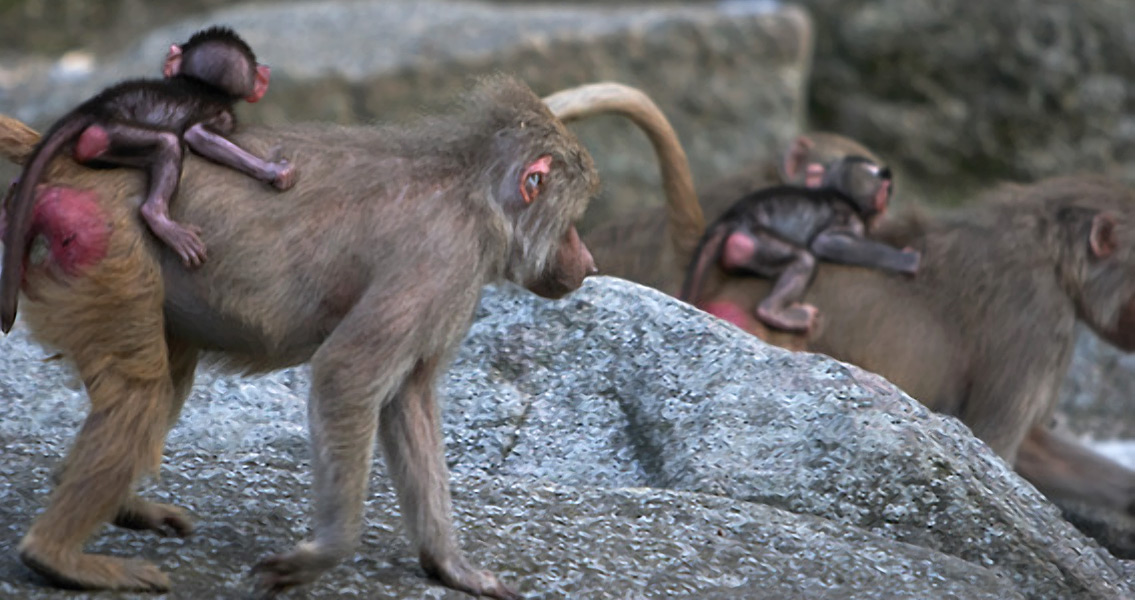<![CDATA[According to researchers from the Evolutionary Studies Institute at the University of the Witwatersrand in Johannesburg, South Africa, an ancient monkey fossil found in Malapa could be the earliest evidence of a modern baboon ever discovered. With an age of somewhere between 2.026 and 2.36 million years old, the animal whose partial skull has been uncovered in the dig site just so happens to have been discovered at the very same world heritage site that a brand-new hominin species was revealed in 2010 – a species that was dubbed Australopithecus sediba. It’s actually not so surprising to discover the baboon remains in such close proximity to A. sediba, according to City University of New York-Hunter College professor Dr. Christopher Gilbert, the lead author of the research study recently published in the academic journal PLOS ONE; he remarked in a statement accompanying the study that baboons have been documented as co-existing with hominins, based on a number of fossil finds in South Africa and East Africa. In fact, Dr. Gilbert added that these baboon species are often used to provide comparative modeling when it comes to studying human evolution. The partial skull, which was discovered during a dig specifically for additional A. sediba remains, has confirmed previous research that the species it belongs to, known as Papio angusticeps, has a close relationship to modern baboon species living today. In fact, P. angusticeps might actually be one of the very first members of Papio hamadryas, the modern monkey species known as the hamadryas baboon. Modern baboon populations are routinely divided into several different groups, most commonly referred to as separate species or subspecies, throughout large swathes of sub-Saharan Africa. These modern baboons have also spread into the Arabian Peninsula, easily making them one of the biggest evolutionary success stories of the primate world. However, there are plenty of questions about the origins of modern baboon species when it comes to examples in the fossil record. Dr. Gilbert says that modern baboons had been thought to have diverged from their closest evolutionary relatives between 1.8 million and 2.2 million years in the past, but evidence in the form of fossil specimens had been rare to nonexistent until this latest find. The scientist added that the Malapa specimen, in conjunction with the analysis conducted by the research team, lends credence to the possibility that early P. hamadrayas fossils might have been incorrectly categorized by earlier researchers as P. angusticeps – especially in light of how modern baboon anatomy seems to be consistent with that of P. angusticeps – to the point where experts would be hard-pressed to differentiate ancient specimens from the bones of modern baboons hailing from South and East Africa. For more information: www.journals.plos.org Image courtesy of Wikimedia Commons user: RADION Imaginery / Kamil Wence]]>
Ancient Monkey Fossil Could Be First Modern Baboon
